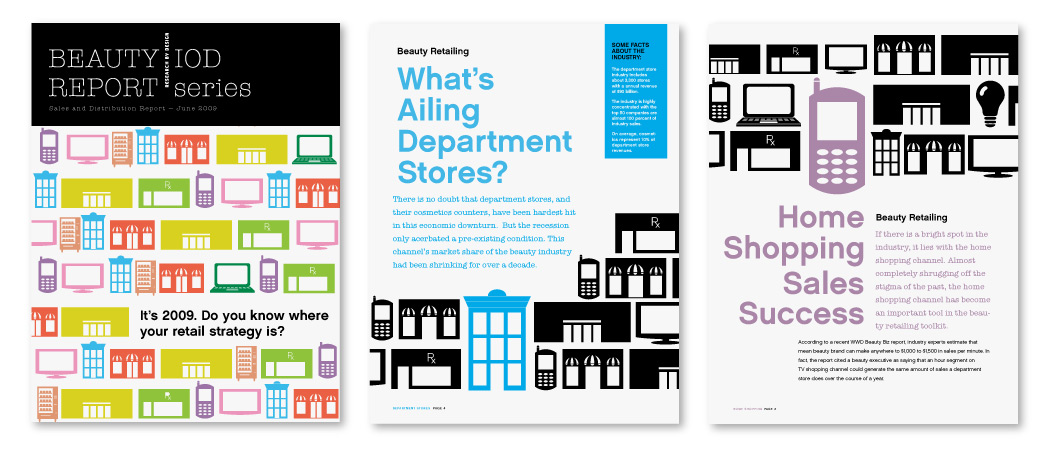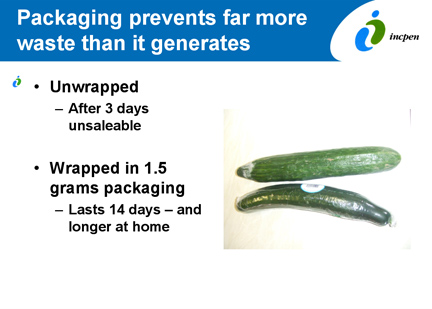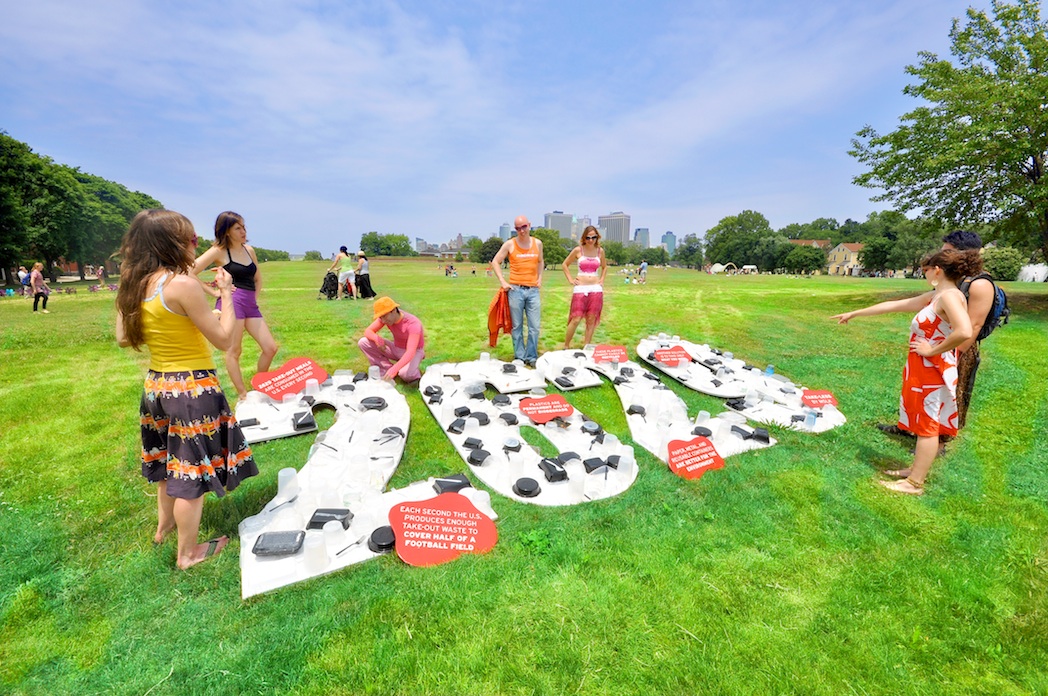
Don’t Blame the Package Designer Just Yet
Recently at the HBA Expo, I attended a lecture by Jane Bickerstaffe, the director of INCPEN, the Industry Council for Packaging & the Environment. When discussing innovation in sustainable packaging, one can usually expect to hear the same topics covered, reduction of the packaging weight/thickness, use of recycled or bio materials, reduction of overall packaging components. However, Jane wanted to point out something entirely new. The carbon footprint of the packaging of a product is really just one tiny spec in the overall life cycle and eco-footprint of the product it contains. In short, packaging protects far more resources than it expends by proportion. So if you reduced the thickness of your packaging and the product inside became damaged as a result, the amount you sought to save would be wasted by 10 or 20 fold.
For example, let’s examine the lowly cucumber. Recently I’ve been seeing cucumbers and other whole pieces of produce at the grocery store wrapped in plastic and I have to admit it made me angry. I imagined that, the manufacturer or designer was SO hygienically obsessed they dreamed up the upsell feature that their product would be cleanly sealed up in plastic. What Jane pointed out that I never considered is that an unwrapped cucumber will last 3 days on the shelf at a grocery store while a wrapped cucumber will last up to 14 days.
This matters because a spoiled and unpurchased cucumber wastes all of resources it took to grow as well as clean and transport to market. That 1.5 grams of plastic may actually be helping rather than hurting. With this in mind, the question then becomes what can we do to change our business models so that cucumbers aren’t traveling as far to their local store, or how can we utilize sustainable materials to the same effect.


